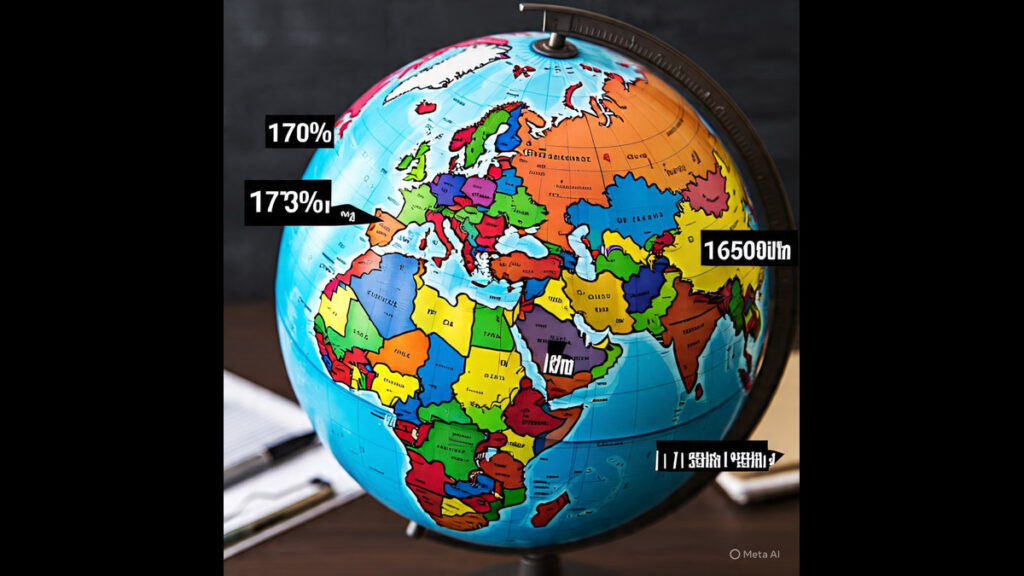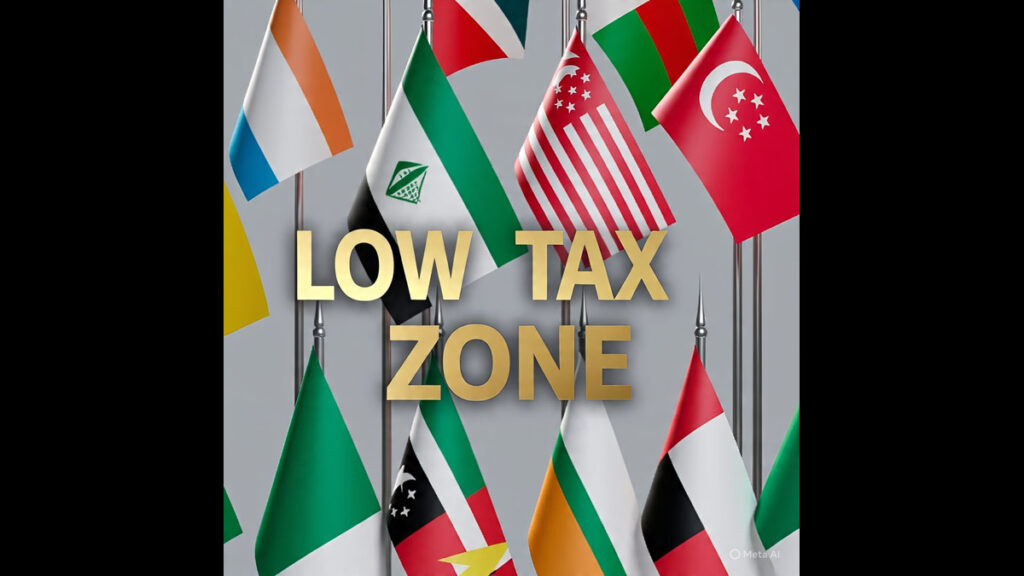📘 Introduction: Why Do Countries Want a Global Minimum Tax?
Big multinational companies (like Apple, Google, and Amazon) often shift their profits to countries where tax rates are very low — called tax havens.
To stop this, countries around the world decided to introduce a Global Minimum Corporate Tax.
Let’s understand what this means, why it matters, and how it affects the world — in a way that’s simple, clear, and perfect for students.

📌 What is the Global Minimum Corporate Tax?
The Global Minimum Corporate Tax is a tax rule where all multinational companies must pay at least 15% tax on their profits — no matter which country they operate in.
This tax rule is a part of the OECD/G20’s Pillar Two plan under Base Erosion and Profit Shifting (BEPS) reforms.
✍️ Simple Definition:
“If a big company shifts its profits to a low-tax country, its home country can still collect the difference up to 15%.”
For example:
- If a company pays 5% tax in a tax haven
- Then the home country can collect the remaining 10%
- So, total tax = minimum 15%
🎯 Why Was This Tax Introduced?
- 🌍 Stop profit shifting to tax havens
- 💰 Ensure fair tax collection from MNCs
- 🤝 Promote tax fairness between countries
- 📉 Stop the “race to the bottom” — where countries keep lowering tax rates to attract companies

🏛️ Who Introduced It?
The tax was proposed by the OECD (Organisation for Economic Co-operation and Development) and supported by the G20 nations.
More than 135 countries have agreed to it under the Inclusive Framework on BEPS.
🔢 Key Features of the Global Minimum Tax
| Feature | Description |
| Rate | 15% minimum tax |
| Applies to | Companies with revenue above €750 million |
| Type of Income | Global income, including income shifted to low-tax jurisdictions |
| Start Year | Implementation started in phases from 2024 onward |
🇮🇳 India’s Stand
India supports the global minimum tax but also wants to protect its right to tax digital companies.
India had earlier introduced Equalisation Levy (DST), and now it is transitioning into the new global framework.

⚖️ Advantages of Global Minimum Tax
✅ Stops tax avoidance
✅ Helps developing countries get fair revenue
✅ Increases transparency
✅ Encourages companies to pay fair tax
✅ Creates a level playing field for local businesses
❗ Challenges of Implementation
🚫 Complex rules
🌐 Some countries may delay enforcement
💼 Companies may still find new loopholes
💸 Affects countries that used low tax to attract business

🎓 Why Should Students Learn This?
This topic is highly important for:
- UGC NET/SET
- M.Com, MBA (Taxation/Finance)
- B.Com/BBA final year
- PGD in International Business or Taxation
Understanding international taxation gives you a real-world edge for case studies, interviews, and exams.
📚 Must-Know Terms
| Term | Meaning |
| OECD | International group working on fair economic policies |
| G20 | Group of 20 major economies |
| BEPS | Base Erosion and Profit Shifting — shifting profits to avoid tax |
| Tax Haven | Country with very low or zero tax |
| Pillar Two | OECD’s plan for minimum tax on MNCs |
✅ Conclusion
The Global Minimum Corporate Tax is a major step towards fair global taxation.
It ensures that big companies contribute their share, no matter where they operate — and no country loses revenue due to unfair tax planning.
As a commerce student, knowing this concept:
- Prepares you for exams
- Builds your understanding of global economics
- Boosts your confidence for taxation-based interviews and papers
